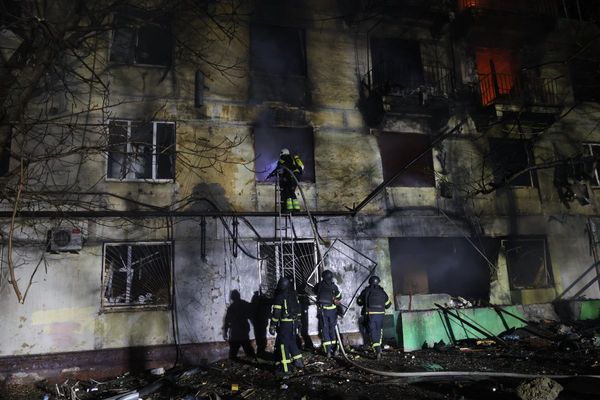
The recent developments in space exploration have captured the attention of enthusiasts worldwide as the spacecraft, which has been attached to the International Space Station (ISS) since early June, is now completing its breakaway engine burns. This marks a significant milestone in the mission as the vehicle moves away from the ISS.
Approximately 15 minutes after detaching from the ISS, the spacecraft exited the 'approach ellipsoid,' an imaginary area surrounding the ISS. When a spacecraft ventures beyond this boundary, it enters what is known as a '24-hour, safe, free-drift trajectory.' This trajectory ensures that the spacecraft remains at a safe distance from the ISS for at least 24 hours, even in the event of a loss of maneuvering capabilities.
These crucial maneuvers were observed and commented on during NASA's webcast, providing valuable insights into the technical aspects of the spacecraft's journey. The meticulous planning and execution of these engine burns highlight the precision and expertise required for successful space missions.
As the spacecraft continues on its trajectory away from the ISS, the mission enters a new phase, signaling progress and achievement in the realm of space exploration. The collaborative efforts of the teams involved in this mission have paved the way for further advancements in our understanding of space and technology.







